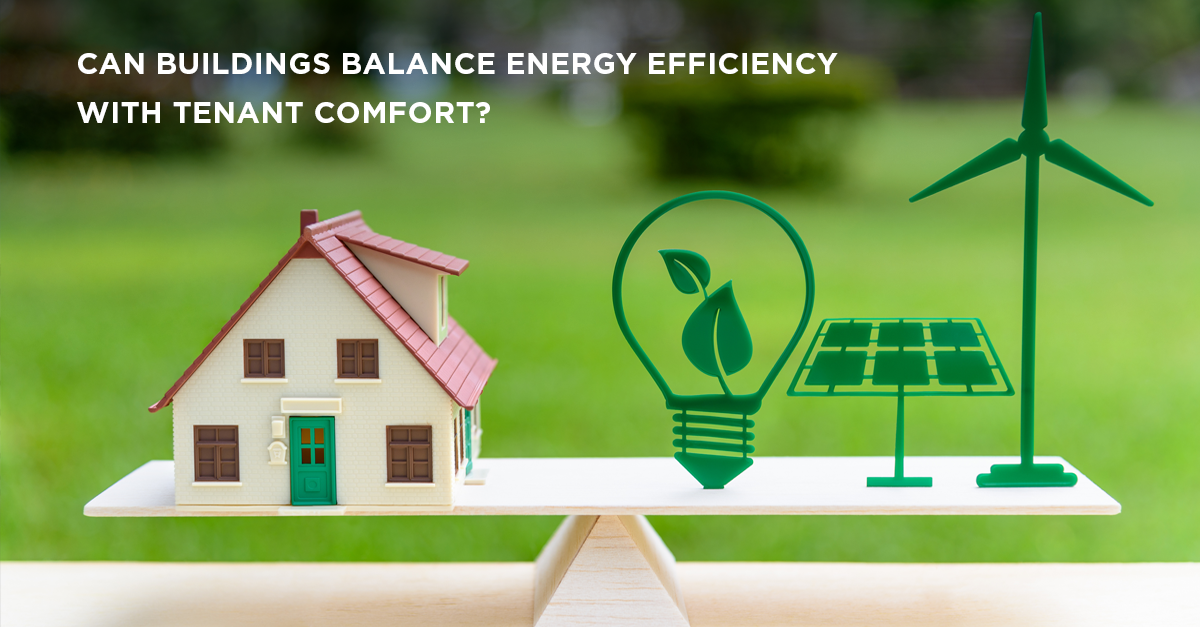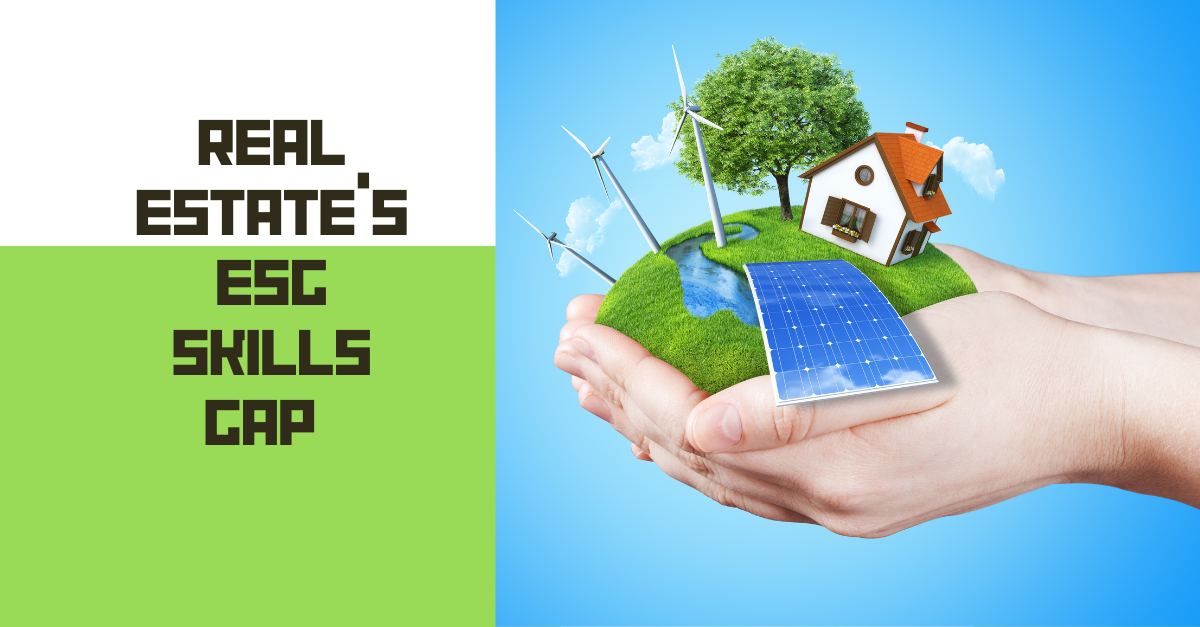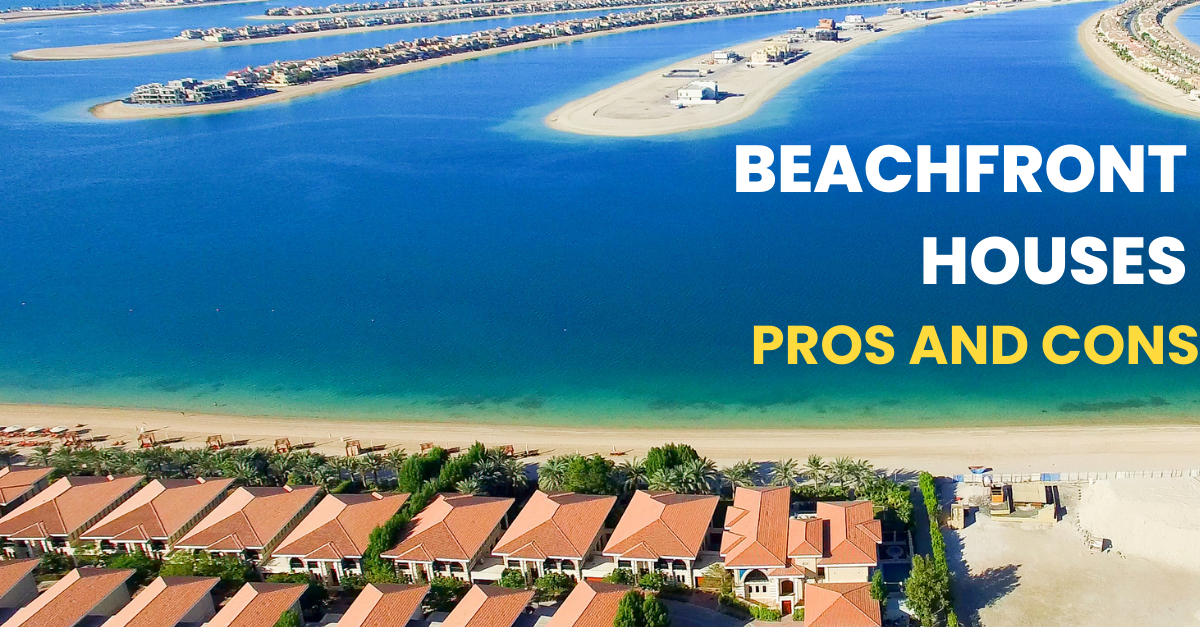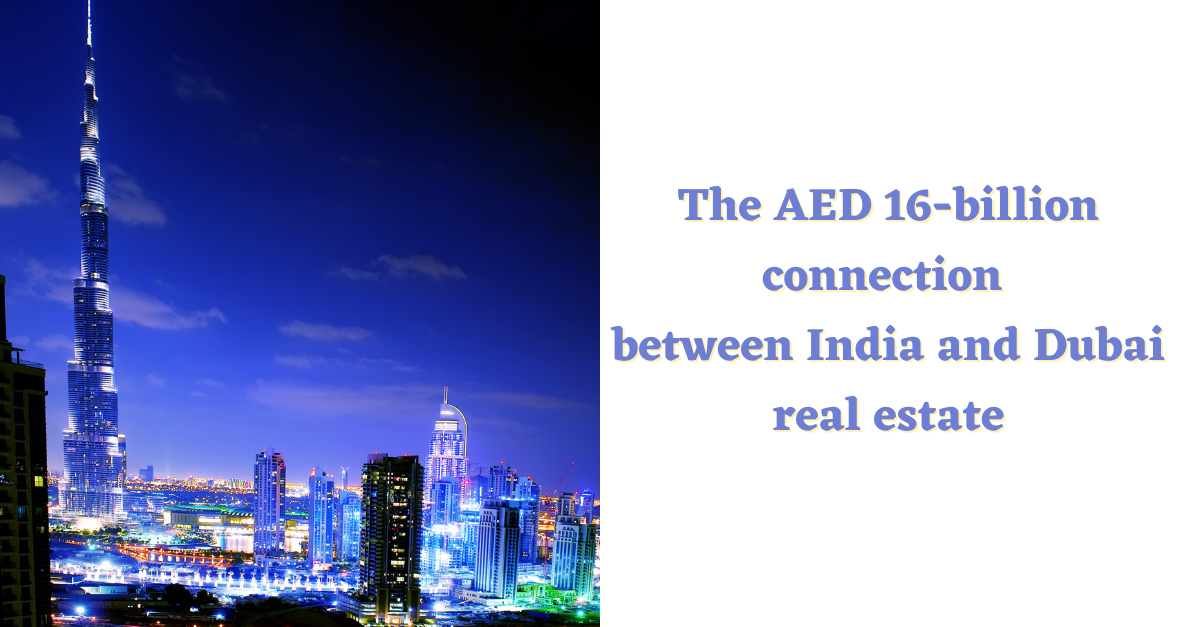Can buildings balance energy efficiency with tenant comfort?
The world is nearing a critical point of no return on climate change, brought on by more than a century-long breakneck urbanization and industrialization. Despite the growing consensus among global lawmakers on the time-sensitivity of curbing greenhouse gas emissions, the awareness is frequently not translating into tangible action. Contrary to widely-held belief that fossil fuel-based transportation is the single largest contributor of greenhouse emissions, a recent survey regards glass and steel skyscrapers as the major catalysts of climate change in urban areas (1). And according to the UN, cities consume 75% of the world’s energy and emit 80% of total greenhouse gases.
Although New York, notorious for its massive carbon footprint, has launched efforts to address climate change to much fanfare in recent times, most of these initiatives are in their nascent stage. By one estimate, around 70% of carbon emissions in New York emerge from buildings that measure 50,000 sq ft or above, in floor space. Although constituting a mere 2% of overall building stock, these steel and glass buildings are gobbling up an alarming 45% of the city’s energy. In New York’s defense, the ecological footprint of other global cities, such as Seoul, Hong Kong and Singapore, paints an equally grim picture. Skyscrapers find themselves as major carbon culprits in such cities, but they are also regarded as the totems of architectural excellence, and remain highly coveted. This raises the billion dollar question: can technology empower these buildings so they balance energy efficiency with tenant comfort, without adversely impacting the climate?
Striking a balance
According to David Unger, the CEO of Sentient Buildings, improving energy efficiency does not have to come at the expense of tenant comfort (2). A Sentient team at University Square—a 442-unit multifamily building in Philadelphia—recently replaced fossil fuel-based heating with electric heat pumps and individually-controlled thermostats, for better temperature control, and integrated it with the central gas-fired hot water plant. The effect of incorporating these alternatives to conventional systems, has unlocked unprecedented efficiencies in the HVAC operations of the building, studies have verified.
Equipped with a cloud-based management platform for central monitoring of all integrated systems, this unique solution allows tenants a local set point control. Despite the building being fitted with individual heating and cooling control in each residential unit, the boilers generate heat at preset ambient temperatures, avoiding redundant energy consumption. Individual valves ensure that each residential unit continues to be controlled to a pre-set point and real-time monitoring helps detect any anomalies, based on a drop in efficiency levels and increased energy consumption.
Once installed and operational at full capacity, building owners can cut back energy consumption by 20–30%, while enabling tenants the direct control over their own comfort. Owing to the case study’s positive findings, several high-rise buildings in New York are set to avail Sentient’s services, especially in the wake of new stringent legislations on carbon emissions. Energy and sustainability analyst Marine Sanchez believes that, through better insulation and the right balance between air-tight spaces and ventilation with heat recovery, the cost of heating a building can be reduced by 90%. What makes this dramatic reduction in operating cost even more attractive, is that the measures Sanchez suggests only add to initial construction cost by a relatively insignificant 5 to 10% (3).
Strategy in Dubai
In 2006, a World Wildlife Fund report delivered a damning verdict that UAE had the largest ecological footprint per capita. Regarding it as a cue for action, Sheikh Mohammed took swift measures to promote sustainable development and transform Dubai into a green energy hub and achieve energy security. His Highness announced the Dubai Clean Energy Strategy in 2015, earmarking an initial investment of AED600 billion, aimed at energy diversification and 75% power generation from clean sources by 2050 (4). Dubai Municipality, Dubai Supreme Council of Energy (DSCE) and Dubai Electricity and Water Authority (DEWA) are working ceaselessly to transform Sheikh Mohammed’s vision into reality. DEWA has launched R&D into clean energy, while DSCE has mandated solar panel installation on high-rise buildings by 2030 and launched a retrofit program, where buildings are retrofitted or made more efficient by adding carbon-free components.
The Sustainable City, a 46 hectare property development in Dubailand, has the distinction of being the first net zero energy project in Dubai. Solar roofing, unique residential spacing to avoid direct sunlight, waste water recycling and smaller yet optimum HVAC systems are a few of the attributes it has incorporated, to exemplify state-of-the-art amenities and premium experiences without compromising energy goals. Comprehending the necessities of our time, developers in Dubai are weighing up net zero developments in the future, which bridges energy consumption with in-house renewable energy production, without undermining tenant comfort. And the government, for its part, also has favourable, long-term sustainable strategies and a conducive legal environment in place.
- https://alignny.org/press/the-mayor-must-get-tough-with-nycs-biggest-energy-guzzlers-its-buildings/
- https://www.propmodo.com/fr/how-building-owners-can-improve-energy-efficiency-and-still-give-tenants-control/
- https://www.vice.com/en_ca/article/ywy9ek/condos-and-office-towers-are-the-biggest-source-of-greenhouse-gas-emissions-in-canada




